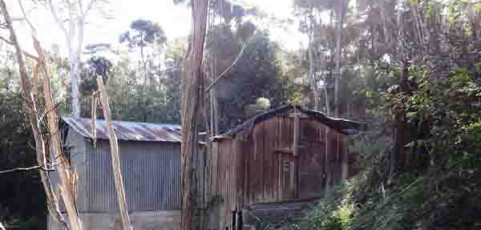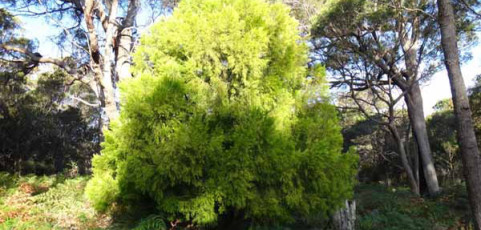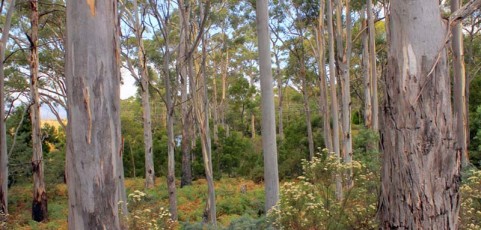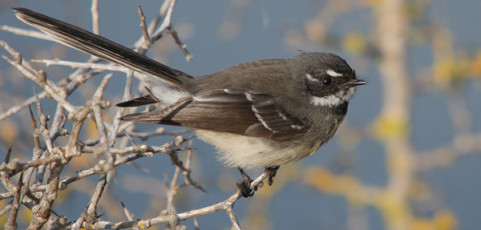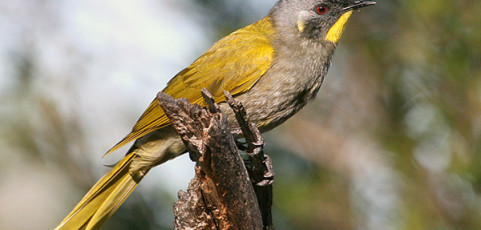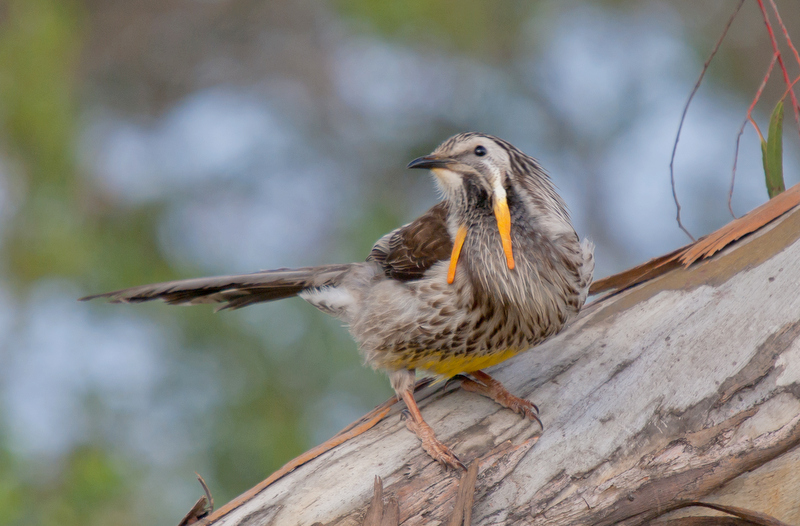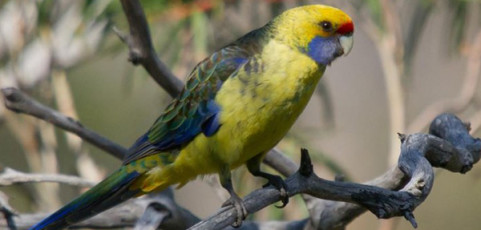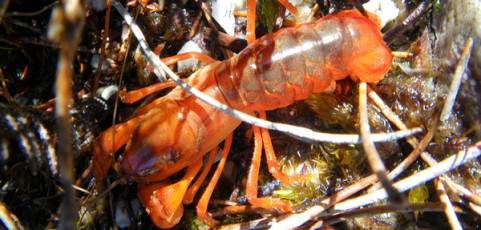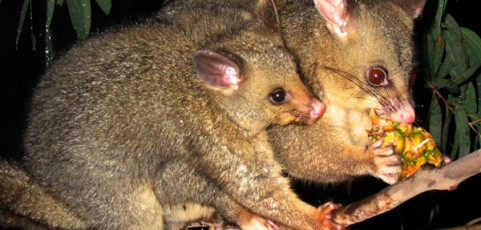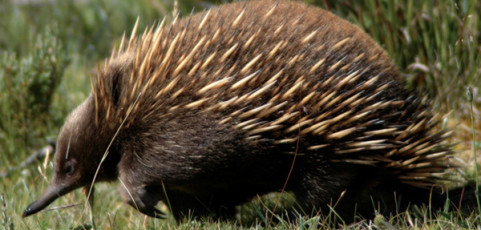The pipes that carried the water were constructed of wood staves, wrapped in heavy gauge steel coil, and then covered in creosote soaked canvas. Throughout the 1920s, local residents had agitated for an up to date water supply and holiday makers had long complained about poor facilities. Water had been a scarce commodity in Bridport particularly during summer. Tanks would often run dry and water was carted from above the tidal flow further...
Pump House
By the early 1950s it gradually became clear that Bridport’s water supply system needed upgrading as the town continued to grow. The pump was often broken down and many attempts were made to repair it. Water supplies were inconsistent and not able to deal with growing demand. A new motor was installed in 1952 with only limited success. By the 1960’s a new pump house was installed near the Elizabeth street entrance. This is still...
Spiky Tree Fern
The hardy and adaptable Cyathea australis or Spiky tree fern is found at Tree Fern Gully on the River-Forest section of the circuit. It has roots and hair like follicles on its trunk giving it a rough texture and it is adaptable to a variety of climates and soils. Ferns are also amongst the oldest plants in the world dating back to the Carboniferous period 360 million years ago and the Spiky Tree fern is wholly protected in...
Sheoak closeup
The She-oak ( Allocasuarina littoralis ) ‘closed’ forests are remarkably quiet. It is the most drought resistant tree in Tasmania. The needle like foliage is a dull dark grey. The fallen needles create a soft cushioning mat.
The Native Cherry
The Native Cherry (Exocarpus cupressiformis) tree is a semi-parasitic plant. It attaches to the roots of the dominant black peppermint eucalypt trees around it. It is an attractive conical shaped tree with bright green dense foliage.
White gum
White gum ( Eucalyptus viminalis), are dominant on the river reserve near the Ada Street shelter. Alongside the river there are moisture-loving herbs, ferns, sedges, rushes and reeds. Paperbark swamplands occur where the Brid River flows into Anderson Bay. A riparian corridor with dense plantings of a range of small native trees and shrubs is important to the restoration of the Riparian reserve. Riparian revegetation practices helps stabilise...
Black Peppermint
The Black Peppermint ( Eucalyptus amygdalina) is endemic to Tasmania and a dominant tree on the River-Forest track. It is known for its rough bark and narrow peppermint scented leaves when crushed.
Grey Fantail
Grey Fantail (Rhipidura fuliginosa). The Grey Fantail ( Rhipidura fuliginosa) is around 17 cm in size. It is one of the friendliest birds in the bush and is named for its long fan like tail. It is characterized for its erratic flight and how it dashes out from its perch to chase insects.
Yellow-throated Honeyeater
Yellow-throated Honeyeater (Lichenostomus flavicollis). The Yellow-throated Honeyeater (Lichenostomus flavicollis ) prefers a eucalypt forest habitat where it feeds on seasonally available nectar and insects. The species breeds from August to December, and lays two to three spotted pinkish eggs in a cup-shaped nest which is built within a metre of the ground.
Yellow Wattlebird
Yellow Wattlebird (Anthochaera paradoxa). The Yellow Wattlebird (Anthochaera paradoxa) is Australia’s largest honeyeater (380-480 mm) and endemic to Tasmania, found in eucalypt forest and woodlands typical of the River-Forest. It feeds on insects and nectar. Both sexes are similar in appearance.
Green-Rosella
There are 12 endemic species of birds in Tasmania and 3 have been identified in this area; Green Rosella (Platycercus caledonicus), The well known Green Rosella ( Platycercus caledonicus ) is Australia’s largest rosella (330-370mm). Male and female birds have the same bright green and yellow colouring.
Burrowing Crayfish
The swampy low lying areas of the River-Forest track provide the perfect habitat for the tiny and vulnerable Burrowing Crayfish ( Engaeus genera).
The Brush-tail Possum
The Brush-tail Possum ( Trichosurus Vulpecula ) is nocturnal and is named for its very bushy tail. It has very thick soft fur that ranges in colour from silver-grey to yellowish tan to dark brown.
Swamp-Rat
The nocturnal Swamp (velvet-furred) Rat ( Rattus Lutreolus) is a native small mammal, half the size of the introduced black and brown rats. It forms extensive systems of runways beneath dense vegetation.
Short-beaked-Echidna
Echidnas are shy creatures and move slowly and carefully. If disturbed they roll into a ball or vigorously dig into the ground so that only the spines are exposed. They have short limbs and powerful claws. They mainly eat ants and termites, but other invertebrates especially grubs, larvae and worms can be a part of their diet.


